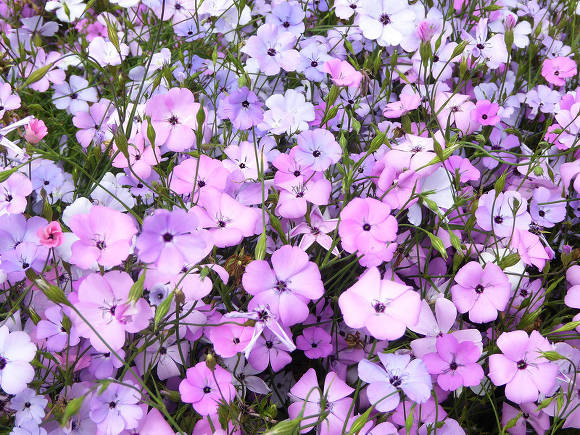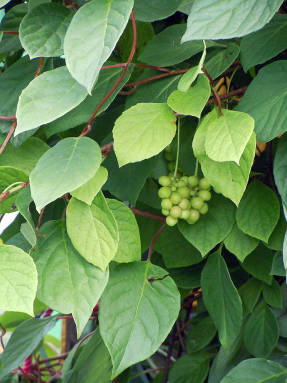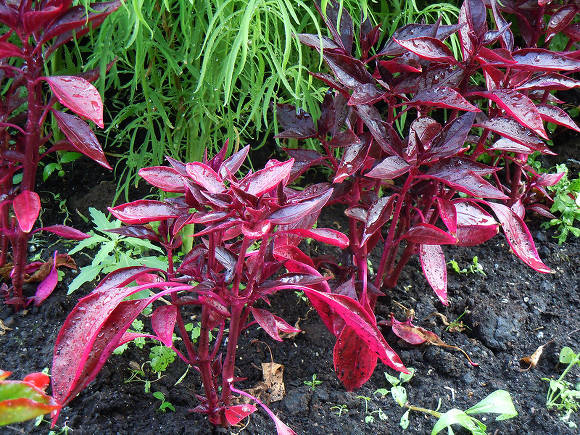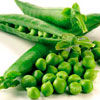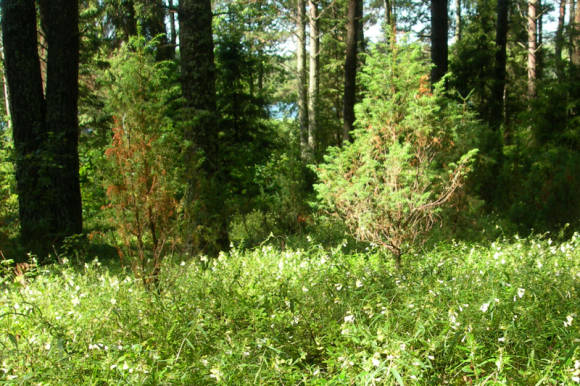
Milk thistle, or spicy-variegated (Silybum marianum), belongs to the family of Asteraceae (Compositae). This plant, which is also popularly called a frog plant, has a very unusual appearance: on large (up to 80 cm long and 30 cm wide) shiny green leaves, numerous white spots and stains between them stand out brightly. "Sharpness" in the name appeared because of the sharp yellowish spines located along the edges of the leaves, and especially due to the long subulate tips, which end in the leaves near the flower baskets.
 |  |
Milk thistle is a herbaceous biennial, less often an annual. In the first year of life, it has numerous basal leaves, forming a low spreading bush, from which the next year grows a flowering stem 60–150 cm tall, occasionally branching in the upper part and ending in a large spherical basket with crimson or purple tubular flowers. Milk thistle blooms from July to autumn. Fruits are achenes with a tuft, 5–8 mm long, light brown to black in color, often spotted.
The homeland is acutely variegated - Southern Europe. As a weed, it is widespread in Western Europe, Asia Minor, North America, North Africa and southern Australia. Our milk thistle grows in the southern regions, in the Caucasus and in the south of Western Siberia. It is found as a weed in crops, along roads and near dwellings. However, it is often grown as a medicinal and ornamental plant.
Growing milk thistle
Milk thistle can be cultivated in all areas where the frost period is no more than 150 days. Currently, it is cultivated in the Krasnodar Territory and the Volga region.
The plant is quite unpretentious, however, at temperatures below -10 ° C it dies. Milk thistle is drought-resistant, especially in the second half of the growing season. Propagated only by seeds that germinate without pre-sowing treatment. Seedlings usually appear 10-12 days after sowing.
 |  |  |
Medicinal properties of milk thistle
As a medicinal raw material, the fruits (seeds) of milk thistle are harvested... Plants are mowed and left in the rolls until dry, then the rolls are picked up and threshed. The resulting fruits are dried in dryers and cleaned from impurities from other parts of the plant.
The chemical composition of the fruit not yet sufficiently studied. They contain flavonoids, saponins, alkaloids, organic acids, mucus, vitamin K, bitterness, fatty oil (16-28%), a little essential oil, protein substances, etc.
In folk medicine, the infusion of seeds was acutely variegatedly used for diseases of the liver and spleen, hemorrhoids and colitis, accompanied by constipation. Currently, several medicinal preparations are prepared from the fruits of milk thistle, which are similar in their effect (in Russia - "Silibor", in Bulgaria - "Karsil", in Germany - "Legalon", in Yugoslavia - "Silymarin"). All of them have hepatoprotective properties, which are primarily due to the complex of flavonoids contained in the plant. These drugs normalize digestion, improve the functioning of the liver and gallbladder, have a choleretic effect, therefore they are prescribed for diseases of the liver and bile ducts, gallbladder (acute and chronic hepatitis, cirrhosis, gallstone disease, toxic lesions). In addition, milk thistle preparations have a mild hypotensive effect, that is, they lower blood pressure. They are well tolerated and have no contraindications and side effects.
Milk thistle seeds are commonly used as decoction: 30 g of powdered seeds are boiled in 0.5 l of water until the amount is reduced by half. Take a tablespoon every hour.
Another recipe: seed powder take a teaspoon 4-5 times a day.
The fruits are acutely variegated in several fees for the treatment of liver and spleen diseases, for example: "Mariakon", containing extracts of celandine, madder dye, St. John's wort) or "Hepatitis" (also contains extracts of dandelion and other plants).
Read more in the article Milk thistle: medicinal properties.
"Ural gardener", No. 42, 2018



